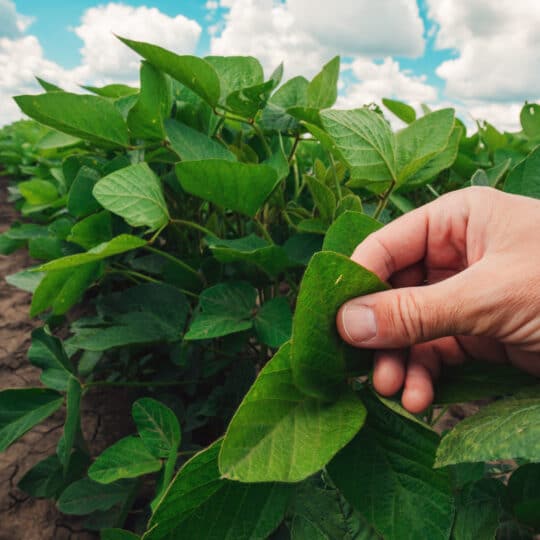How to Identify Plant Issues
Plus How to Help Prevent Them
Posted
March 17, 2022

Like all living things, plants are susceptible to disease and other issues. Even with regular maintenance, leaves may yellow, fruits may not produce, and flowers may not bud. The trick is to identify plant issues before it becomes a detriment to the entire garden. Once you know what’s going on you can take steps to help correct the problem.
Possible Plant Issue Origins
There are many different contributing factors to why a plant could be showing signs of stress:
- Disease. Depends on the plant variety.
- Pests. Depends on the surrounding environment.
- Soil quality. The nutrients in the soil impact root development.
- Water intake. Either too much or too little, caused by drought, flood, or poor watering technique.
- Sunlight. Does the plant thrive in full or partial sun?
- Harsh weather. Sudden changes in temperature, frost, snow, and ice all affect plant production.
- Carelessness. Be careful when you mow the lawn, whack the weeds, and prune.
Some plants are more susceptible to issues than others. The key to preventing problems is to ensure you plant the right variety for the area and environment.
How to Identify Plant Issues
While it’s easy to see certain signs and symptoms of pests and plant disease, other issues are harder to spot, especially if they originate under the soil. This is why diagnosing the exact problem is difficult unless you’re very familiar with the type of plant and current conditions. You may also see signs of stress, but not know what’s causing it or how to treat the problem.
There are general guidelines and solutions to consider, but it’s best to consult a plant professional to specifically pinpoint the cause and treatment options. Here are a few tips to get you started.
- Look at the leaves. Leaves should have a distinct shape and color. If you start to see distortion, discoloration, spots, holes, or other irregularities, there’s a problem. Look underneath the leaves. You may catch the culprit in the act of chewing your leaves or laying their eggs.
- Inspect the fruit. Fruit trees and shrubs that don’t produce full, ripe fruit could also have issues. Fruit can be very finicky, especially in the wrong environment. Extreme weather may cause unripened fruit to drop, shrivel, or not appear at all. Pests are also a problem. Worms can burrow, shriveled fruit can attract flies and ants, and other animals can eat the fruit even before they get a chance to ripen.
- Recognizing the root of the problem. If the entire plant starts to wilt and die, chances are there’s an issue with the roots. Roots can be affected by too much or little water, burrowing pests, and extreme temperature as well.
Once you think you’ve diagnosed the issue, you can start to research how to treat it and prevent it in the future. For help with pinpointing the problem and coming up with a solution, contact the plant specialists at Elite Tree Care today.